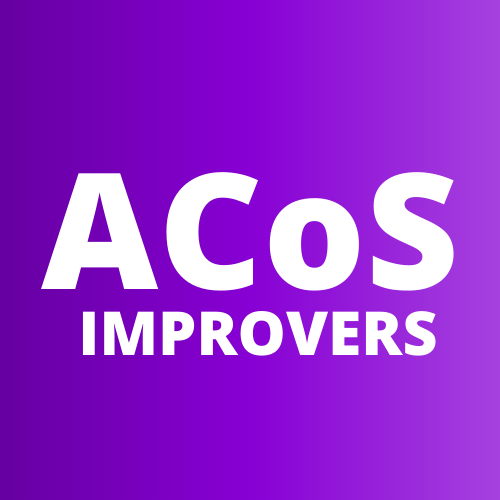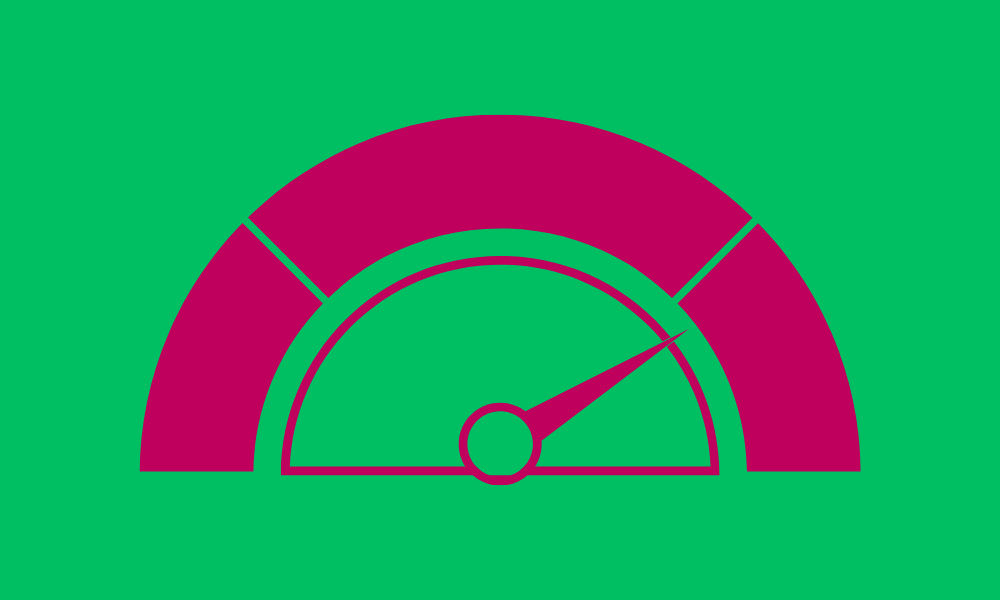How to use profit margin to benchmark your CPC

Use unit profitability and conversion rates to benchmark Sponsored Ad click costs on Amazon
The relationship between how much profit is made per unit and conversion rate allows us to calculate the maximum we can pay for clicks before we are making unprofitable bid decisions. This is useful in benchmarking activity to understand how far away from breaking even our campaign activity is.
In plain english, the formula asks; given that we make a sale 1 in every N clicks, and that each sale is worth N amount to the business, what is the maximum we can pay per click if we want our campaign to at least break even?
What is Profit Per Unit
The Profit Per Unit is the amount the business generates when a unit sells. It subtracts the costs involved in producing and bringing the product to market from the selling price (or the price you sell to Amazon - like shipped COGS). The costs involved typically include;
- Cost of production (i.e. the cost you pay to manufacture the product)
- Fixed expenses (e.g. rent, interest)
- Variable expenses (e.g. distribution, fees)
To work out how much gross profit the business makes per unit sold on Amazon, we multiply units sold by the PPU. If ads generated attributed sales then we must subtract the cost of those ads from the gross profit to calculate the net profit.
Remember, as a new Brand on Amazon, or for a product with limited sales history, it's not uncommon for your initial advertising performance on Amazon to be unprofitable.
CPC Benchmarks For Strategic Buckets
We can use the average selling price of more than one product in a group to generate a group CPC benchmark. This is most effective when the difference in price between the products in the group is relatively similar. The more the price of individual products in a group varies, the less reliable the group benchmark is.
Profit Margins and Budgets
We can use similar logic to find the break even point for advertising budgets using TACOS. The TACOS tells us what proportion of Total Sales is being used to fund ad campaigns.
TACOS is a ratio of Ad Spend and Total Sales which is generally used to show how reliant a business is on advertising to generate sales and indicates the combined organic strength of individual listings. We can compare the TACOS ratio to the profit margin (cost of production / selling price) to find the break even point for our campaign budgets.
When the proportion of total sales spent on advertising is equal to the proportion of revenue that represents profit, then the business is spending the net profit generated on ads, meaning that it is breaking even. When the TACOS is higher than the profit margin, then the business advertising spend is higher than the profit margin, and is on average losing money when you include advertising costs.
How to improve advertising profit margin
There are a few things to consider if your profit margin is low on Amazon or other online marketplaces.
Cost Per Click
The amount you pay for the keywords you target are a significant factor in the profits you end up with. High higher the CPC, the lower your potential profits. This is because you are spending more to drive less traffic, and consequently fewer sales from your products. Get a lower CPC and your ad-driven profits will improve.
Conversion Rate
If you increase the number of people who buy your product when they land on your product page, you'll generate more sales from the ad-traffic you drive to your products. Ensure your products have high ratings (or at least higher than your direct competitors) and use the tools Amazon give you to improve your product listing (i.e. Images, bullet points, A+ content).
Keyword Research
Know what search terms are leading customers to your product. Amazon Sellers can use the Brand Analytics report to find searches that are leading customers to find and purchase your product. Amazon Vendors have a report showing which products have the highest click and conversion-share for core keywords. The more your product seems 'relevant' to Amazon and the customer search terms, the lower you'll need to pay for clicks when running ad campaigns.



Member discussion